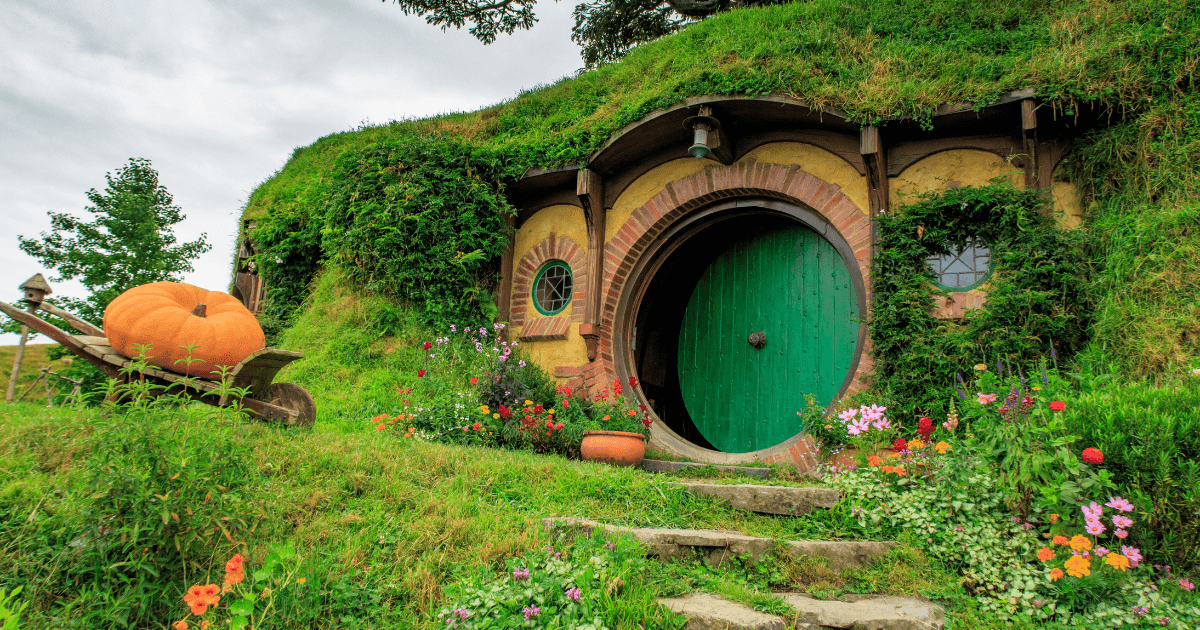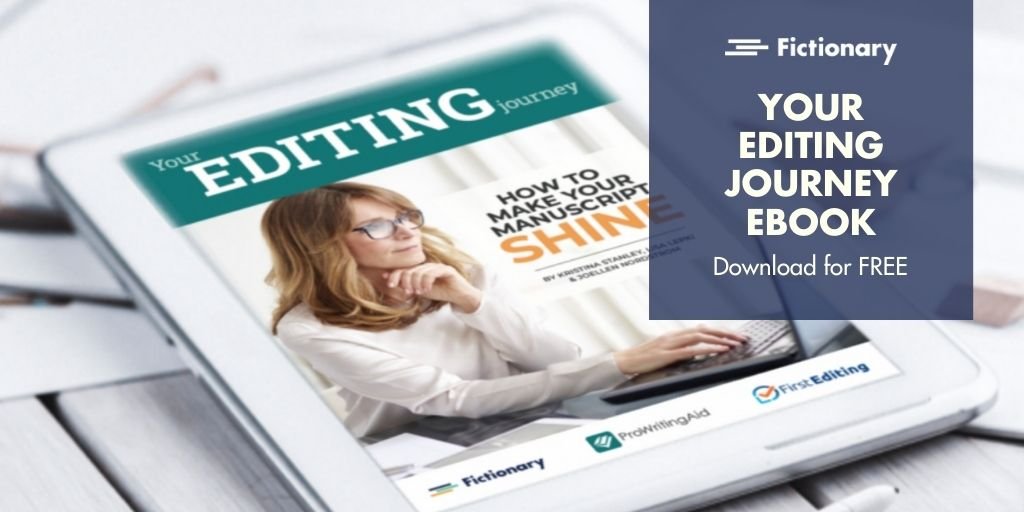
What Is Setting
Setting is the place or environment in which something or an event occurs. Every story, whether it is told in books, poems, films, tv, or theatre needs setting.
What Is Setting in a Story?
From a macro level. the setting is the world where your story takes place.
From a micro level, each scene in your story will have a setting. The setting is made up of:
- The location where scene takes place
- The time the scene takes place
- The weather or lack of weather in a scene
- What objects – related to the plot or characterization – are in a scene
- What senses does the point of view character use.
Most writers know the setting creates the story world. But in the context of novel structure, it can do so much more for you.
Story Settings Examples
Here is an example of setting from Tana French’s novel “The Trespasser” to illustrate how to relate weather to plot.
Early in the story, we meet a detective on her way to a murder scene. This is part of the sentence:
It’s not raining—which is good: somewhere across the river there could be shoe prints waiting for us, or cigarette butts with DNA on them—but it’s freezing and damp…
This sentence opening tells us the character is concerned about doing a good job and even though she’s physically cold and uncomfortable, she’s going to do her job. It’s also foreshadowing that there will be issues with the investigation by noting “there could be shoe prints…”. And all of this we learn through the description of the weather and why the weather important to the character and hence to the plot.
How to Write the Setting of a Story
Setting creates the world your story exists in. The reader must see the setting, touch it, taste it, hear it, see smell it, and most importantly feel an emotion because the location was chosen to heighten an emotion.
Fictionary’s Setting Story Elements include:
- Location (single or multiple)
- Time
- Objects
- Senses
- Weather
- Emotional Impact
Location and Emotional Impact
Let’s start with the most important story elements first. The location and the emotional impact of the chosen location.
When you choose a location, ask yourself:
- Is it important to the plot, characters, or theme? If it’s not important to any of these three, choose a different location. If it is important, you can spend more time describing the location.
- How can the choice of location resonate with your POV character’s emotional state? Does it
-
- Increase or decrease conflict?
- Increase or decrease tension?
- Set the mood?
- Highlight the character’s emotion?
- Show characterization?
- Slow down or speed up pacing?
If you answered no to all the questions, it’s time for a rewrite. Set the scene somewhere where you can change your answer to yes, then rewrite the scene in that location. Thinking in terms of emotional impact will help you choose the best location.
Date/Time
Date and timing of a scene are important to anchor the setting of a story. Exactly what a reader needs to understand about the timing of a scene depends on the scene. The reader may only need to know if the scene happens during the day or at night.
However, if several years or several seconds have passed in a character’s life, the reader must understand that as well. The same is true if you are jumping around in time.
Objects
An object is any item or detail to which the narrator draws the reader’s attention. An object should perform a function: it could be a clue, remind a character of something, or cause conflict between characters. If you can give the object more than one function, it will add depth to your story.
The first time an important object appears in your novel, you’ll want to describe it in detail, especially if the object means something profound to a character. Alternately, keep the description minimal but memorable if you want readers to know it’s there, but you don’t want them to focus on it yet.
Senses
Sensory details keep the “stage” and characters interesting. Without them, both the setting and the characters will seem flat.
Using the POV character’s senses to describe the action will bring your reader closer to the character. However, be careful how you do this. If the character touches something sharp, don’t tell the reader it’s sharp. Show them. “The character put her hand on a glass, and blood streamed across her palm” is much more effective than “she touched the glass, and it was sharp.”
All five senses are important and should be balanced throughout the story.
Weather
The final Story Element is Weather. That’s not to say is any less important that the other Fictionary Story Elements.
To create contrast, make something evil happen on a beautiful, sunny day.
To create tension, use the weather to make it hard for the character to get what they want.
Check the weather is consistent. For example, it’s raining in one scene and in the same or next scene it’s sunny, but there is no description of the weather change.
Ask yourself is the weather strengthens the mood. Perhaps the weather is described, but it’s not enhancing the character or reader emotion. Weather can be used to show a contrast to a character’s mood, or it can be used to highlight a character’s mood.
Is the weather related to the plot? Try not to add weather for the sake of weather. It may be adding to the setting, but it can do so much more if it’s related to the plot.
Can the weather help with characterization? The weather can be used to show what a character likes or dislikes, to show fears or joys, or any of the emotions a character might feel.
What is the Setting of a Story?
The setting is made up of much more that just the location. When you are reviewing the setting in each scene, check each of the Fictionary Setting Story Elements and make sure they are working hard for your story.


